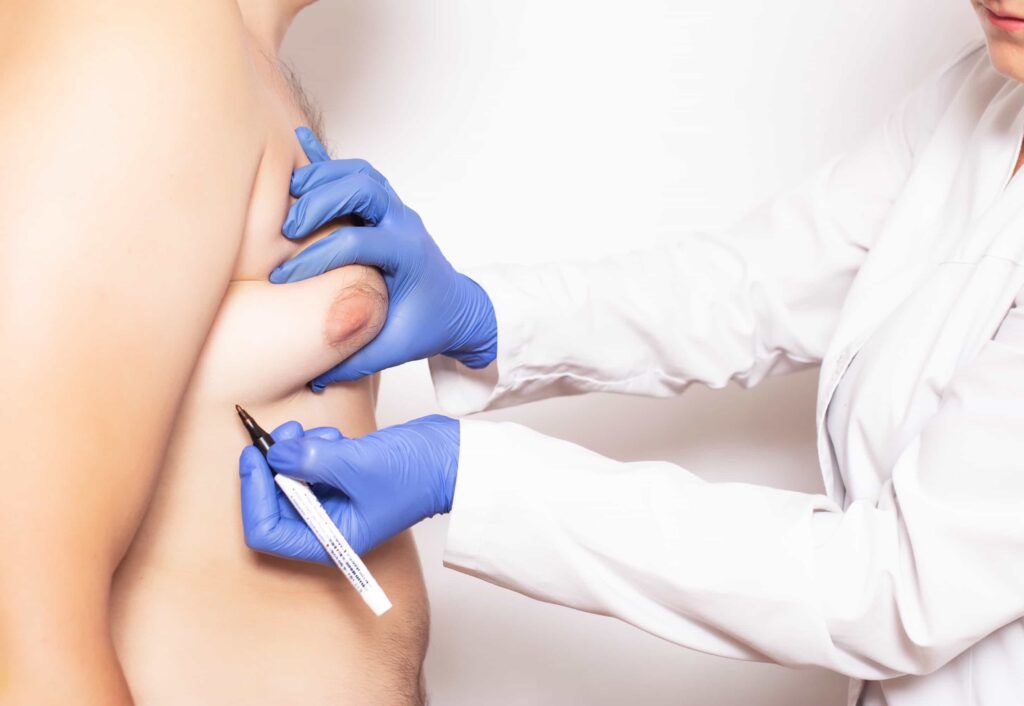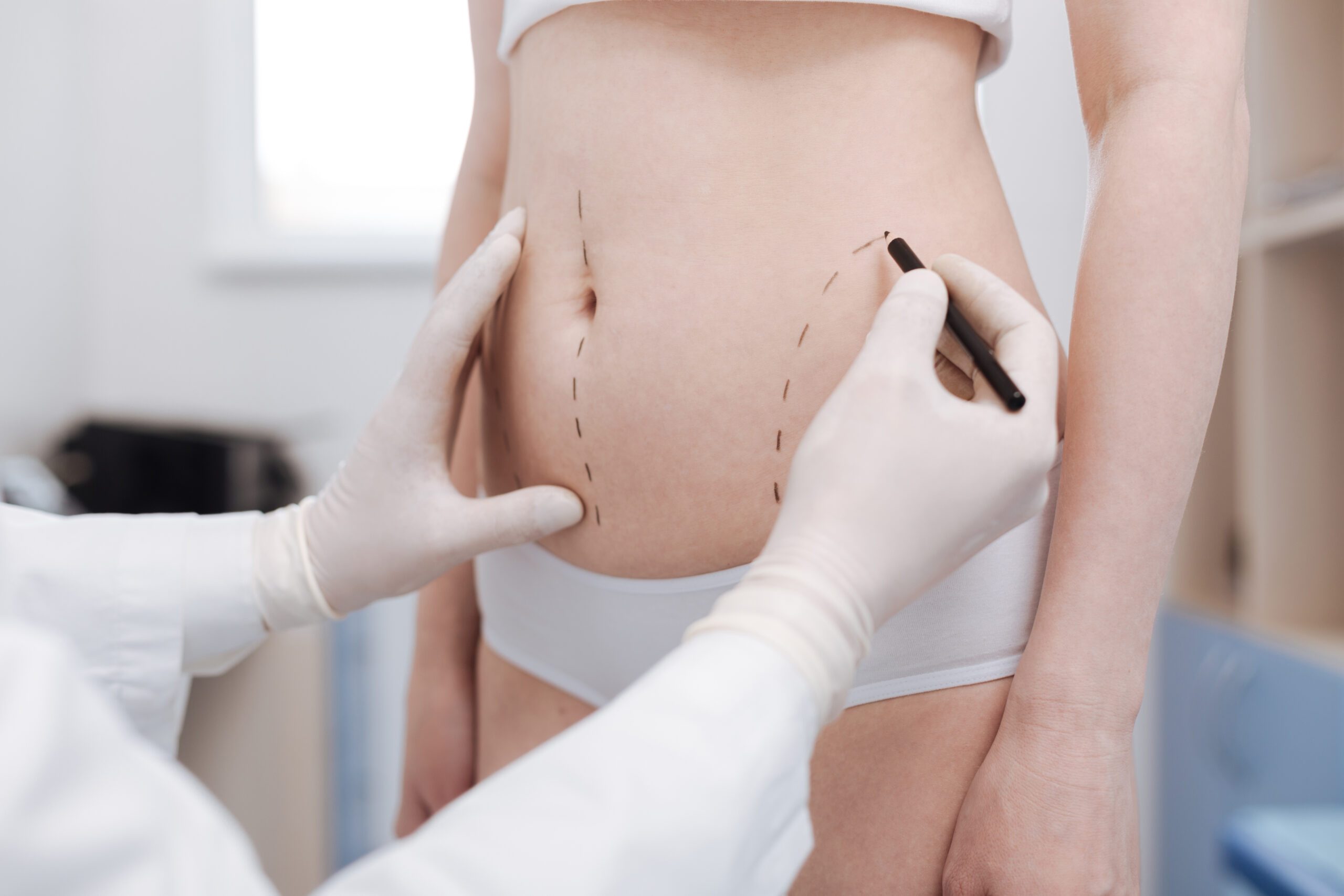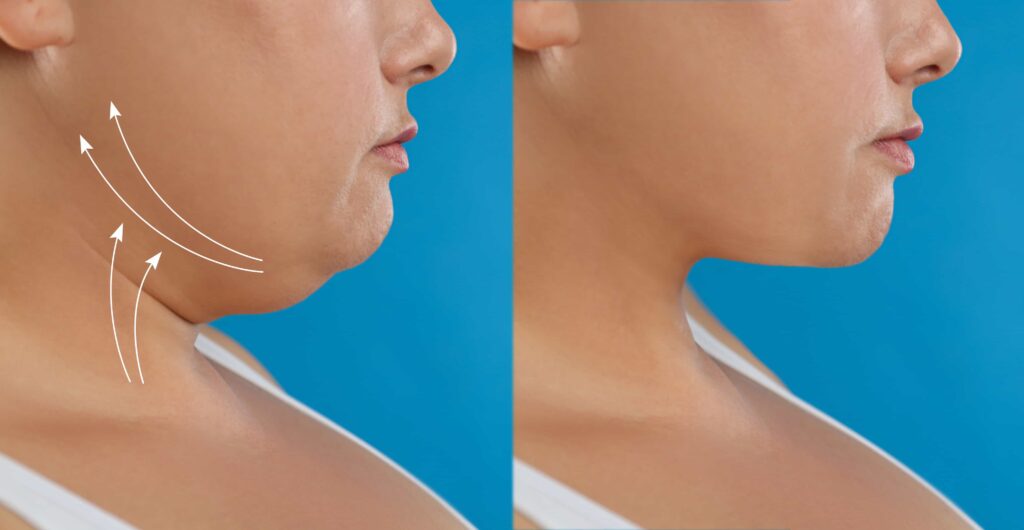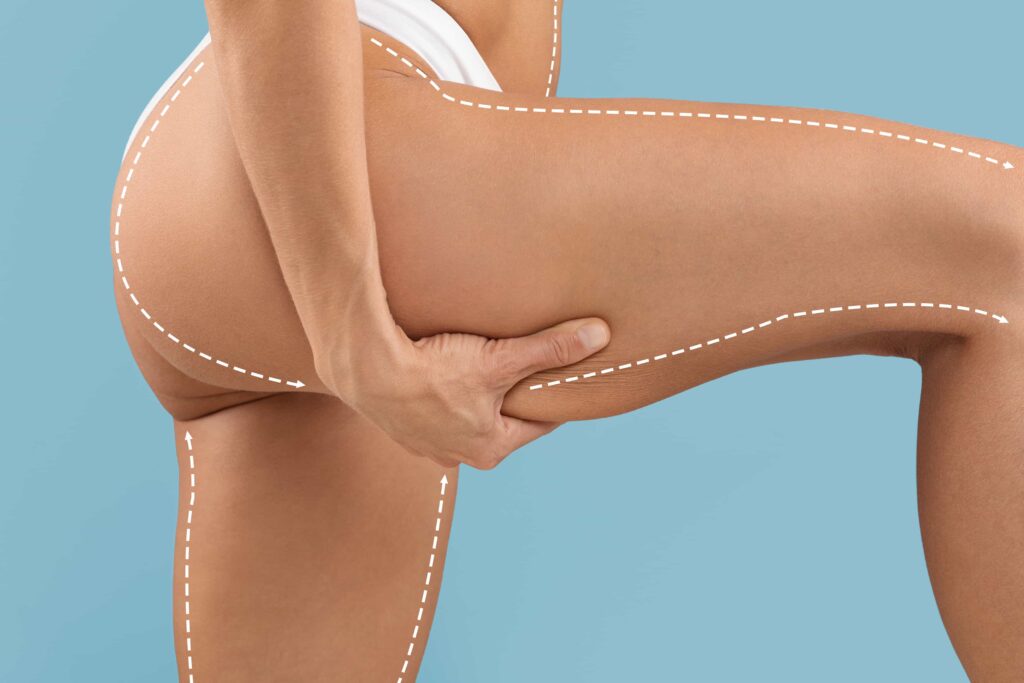A surgical procedure designed to restore the shape and appearance of a breast or both breast following its removal, frequently as a result of breast cancer.

The goal of breast reconstruction is to rebuild one or both breasts to look as natural as possible. This includes matching shape, size, symmetry, and appearance after a mastectomy, lumpectomy, or in cases of birth defects.
Surgeons often perform reconstruction in multiple stages. They may start during the mastectomy or wait until a later time.
There are two main types of breast reconstruction:
•Implant-based reconstruction uses implants to form a new breast.
•Flap reconstruction (also called autologous reconstruction) uses tissue from another part of the patient’s body to create the breast.
Choosing the right method depends on several factors, including:
•The type of mastectomy
•Any past or future cancer treatments
•The patient’s body type
If only one breast needs reconstruction, the surgeon may rebuild just that side. To improve symmetry, they may also suggest a breast lift, reduction, or augmentation on the other breast.
Breast reconstruction is a personal choice. You should choose it for your own reasons, not to meet others’ expectations.
Good candidates usually handle their diagnosis and treatment well. They also don’t have other health issues that could slow healing. A positive outlook and realistic goals are important for a smooth process.
Keep in mind, results can vary. Reconstructed breasts often feel different and may lack sensation. You may also have visible scars from the reconstruction or previous mastectomy.
– Breast reconstruction aids in restoring body image and self-esteem after breast cancer.
– Significantly boosts confidence in women undergoing the procedure and clothes fit better
– The primary goal is to achieve symmetry, particularly for those with unilateral mastectomy and eliminate prosthetics.
– Positively impacts overall well-being and self-perception.
– General surgical risks: infection, bleeding, pain, and anesthesia-related issues
– Specific complications: implant rupture and flap failure. Multiple surgeries may be required, particularly with flap techniques
– Potential for extended hospital stays and recovery periods
– Delays in returning to daily activities, work, and exercise
– Individual recovery timelines can vary significantly
Anesthesia
Breast reconstruction starts with anesthesia to keep you comfortable. Your doctor will recommend either IV sedation or general anesthesia based on your needs.
Flap or Tissue Coverage
If mastectomy or radiation leaves too little tissue on the chest, surgeons use flap techniques or tissue expanders to rebuild the breast.
Common flap options include:
•TRAM flap: Uses skin, fat, and muscle from the lower belly. Surgeons may keep or detach the flap’s blood supply.
•DIEP and SIEA flaps: Use only skin and fat from the lower belly without moving the muscle.
•Other donor areas: If belly tissue isn’t enough, doctors may use tissue from the buttocks or thighs using flaps like SGAP, TUG, DUG, VUG, or PAP.
Tissue flaps often feel more natural than implants. They also change with your body over time. For women with one breast removed, flap techniques help match the natural breast better and reduce the need for a prosthesis.
Tissue Expansion
Tissue expansion stretches healthy skin to make space for an implant. This is a good option for women who won’t need radiation and want to avoid flap surgery.
The process takes time: After placing the expander, your surgeon slowly fills it with saline during several office visits over 1–2 months. Newer air-filled expanders allow some patients to manage this step at home using a remote device.
If the expander isn’t permanent, another surgery will replace it with a breast implant.
Breast Implant Placement
Surgeons can place an implant to create a breast shape. This can be done with or without flap surgery. In some cases, implants serve as a temporary solution until the patient is ready for flap reconstruction.
Both saline and silicone implants are available. Your surgeon will help you choose what’s best based on your body and treatment plan.
Most implant-based reconstruction involves tissue expansion. However, some women may be good candidates for direct-to-implant surgery during mastectomy, depending on their tumor and breast shape.
Nipple and Areola Reconstruction
If you’re not eligible for a nipple-sparing mastectomy, your surgeon can rebuild the nipple and areola.
This may involve folding the skin to form a nipple, followed by tattooing for color. Some women choose 3D tattooing alone to create a realistic look without surgery.
Finishing Touches
Many patients choose staged revision procedures to improve the final result. These may include fat grafting, liposuction, or minor surgeries to improve symmetry and smooth the donor area.
Together, these steps help restore both appearance and confidence.
After your breast reconstruction surgery involving flap techniques or breast implants, gauze or bandages will likely be placed over your incisions. To reduce swelling and provide support, an elastic bandage or support bra will be used.
A small tube may also be inserted temporarily to drain excess blood or fluid. You’ll receive detailed instructions on caring for your surgical site, medications for healing and infection prevention, and signs to monitor for concerning changes.
It’s important to ask your plastic surgeon any questions about your recovery, as healing will take several weeks while swelling decreases and breast shape improves; make sure to follow their guidance and attend follow-up appointments.
Breast reconstruction results after mastectomy can significantly reduce both the physical and emotional effects of the procedure. While some sensation in the breast skin may gradually return and scars may fade over time, they will not completely disappear.
Many women find the trade-offs associated with reconstruction to be minimal compared to the substantial enhancement in their quality of life and sense of wholeness.
It is crucial to maintain vigilant monitoring of breast health through self-examinations and other diagnostic methods. This careful approach is vital for ensuring long-term well-being.
Choosing to undergo breast reconstruction does not alter the likelihood of breast cancer returning. Patients should be informed of various risks associated with the procedure, such as bleeding, infection, poor incision healing, and anesthesia complications.
Flap surgery may result in partial or complete loss of the flap and diminished sensation at both the donor and reconstruction sites.
Breast implants carry specific risks:
Breast reconstruction surgery typically takes place in a hospital and may require a brief hospital stay. General anesthesia is commonly used during the procedure. Some follow-up treatments can be done on an outpatient basis, potentially utilizing local anesthesia with sedation. The choice of anesthesia and setting will depend on the specifics of your procedure. Ultimately, these decisions will reflect your personal preferences and your doctor’s professional assessment.
The Women’s Health and Cancer Rights Act, enacted in 1998, mandates that all group health plans covering mastectomies must also include coverage for reconstructive surgery and other related benefits, such as external breast prostheses and lymphedema treatment.
Breast reconstruction following a mastectomy is recognized as a reconstructive procedure that should be covered by health insurance. However, it’s important to note that insurance coverage may only cover a portion of the total costs associated with the procedure. To avoid unexpected expenses, it is advisable to consult with your insurance company before undergoing any surgery. Understanding your coverage will help you navigate the financial aspects of your treatment effectively.


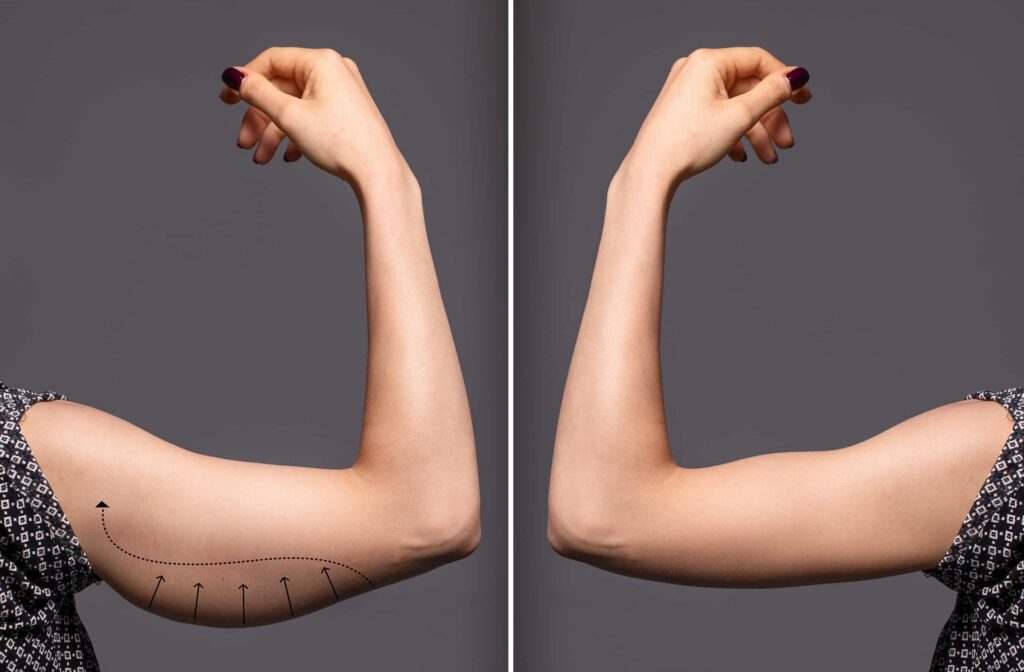

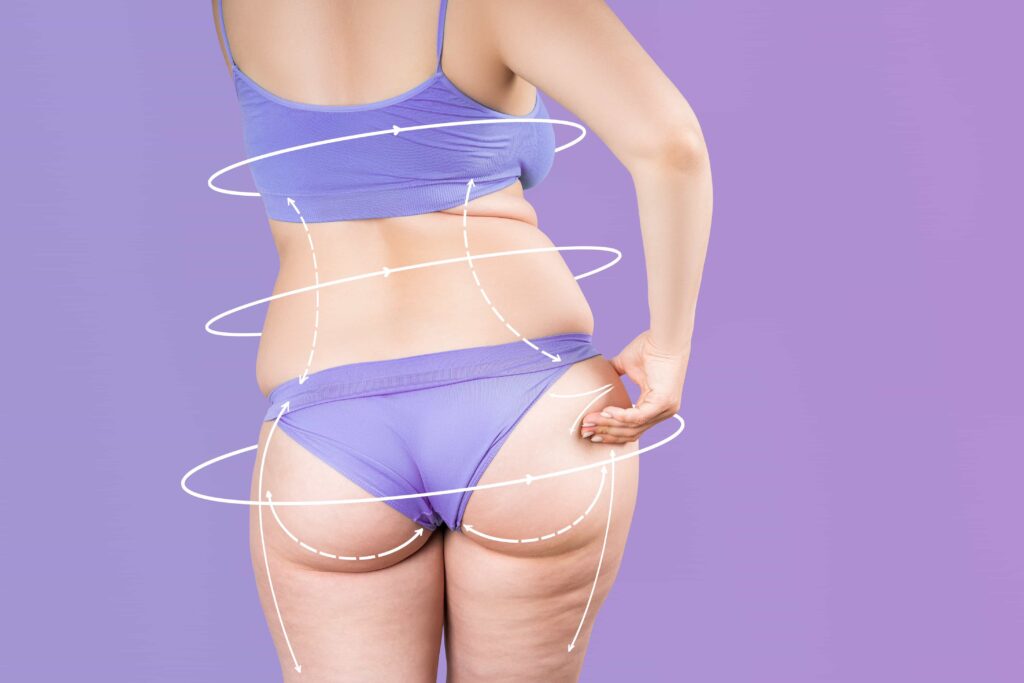

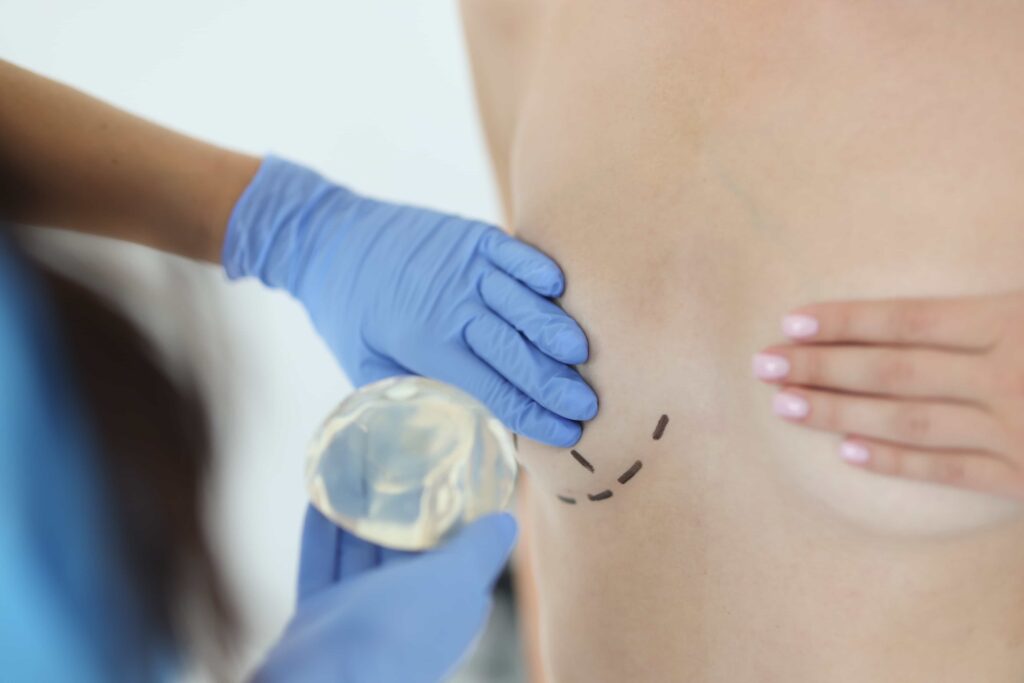


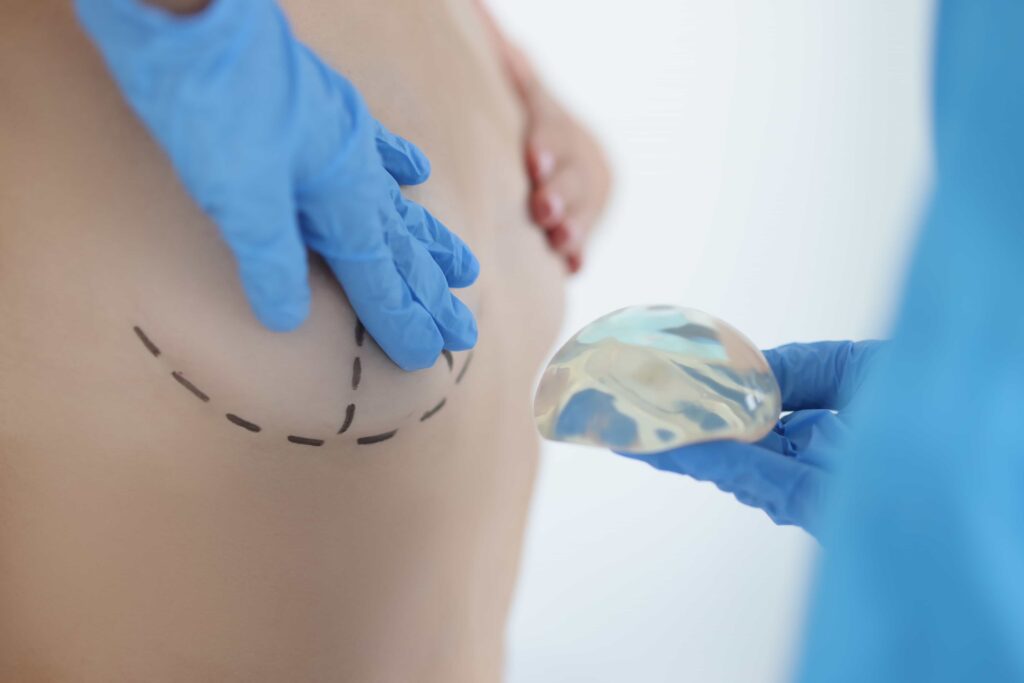
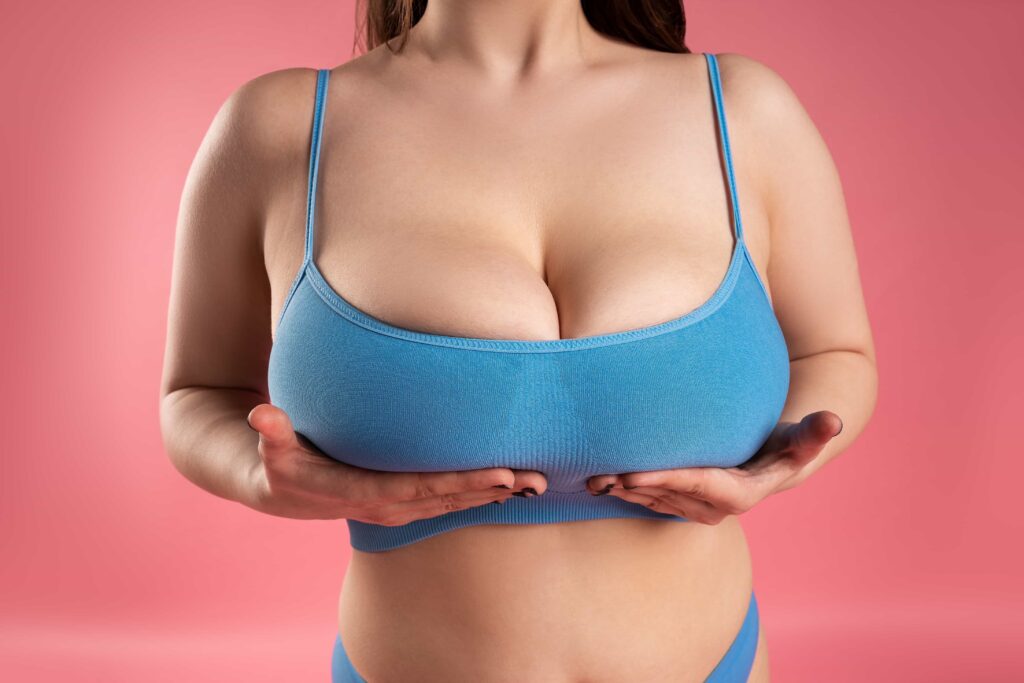



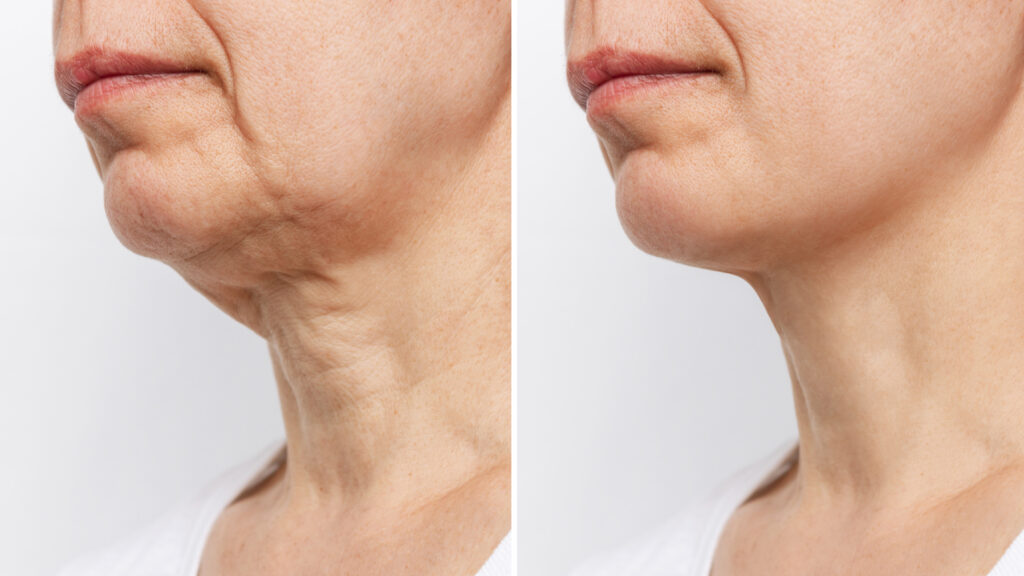


Fat grafting is a procedure that enhances and naturally adds volume to areas of the body by using your own…
